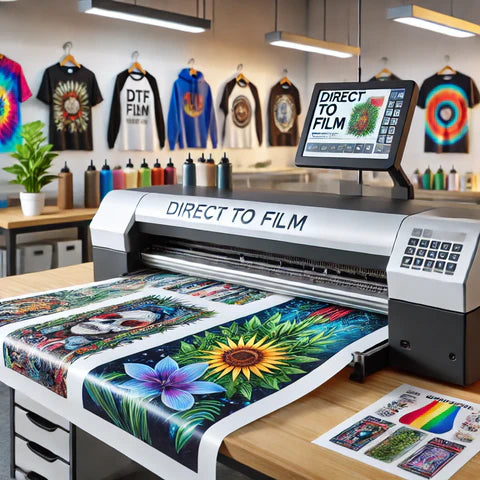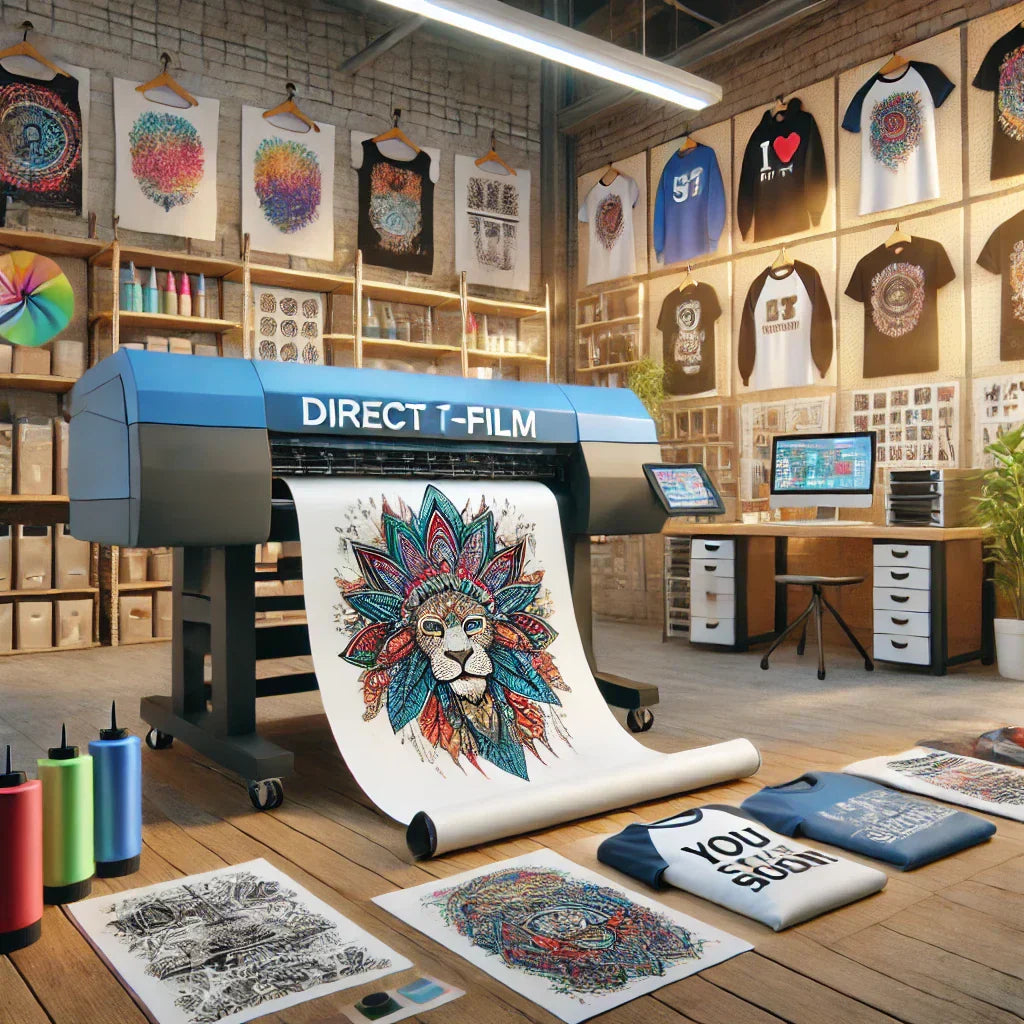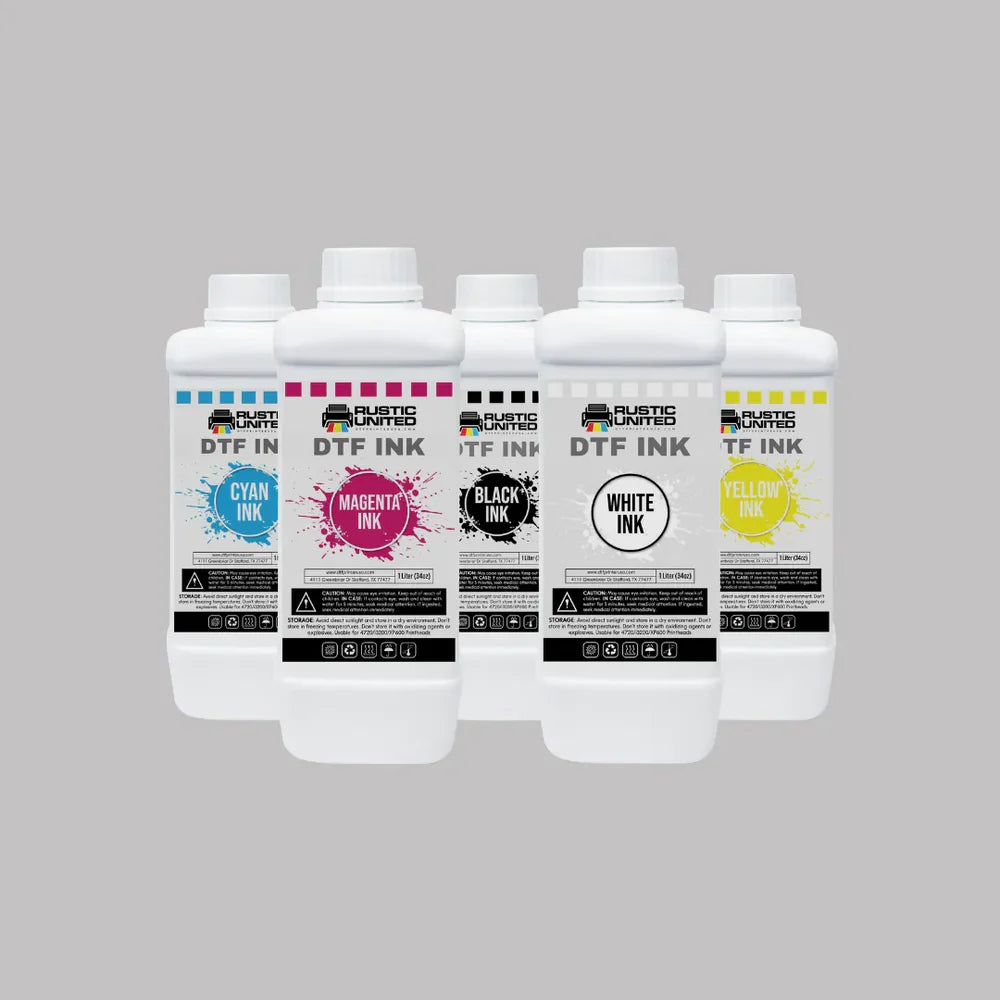
Global Direct to Film Printing Market Forecast 2024-2030
Global Direct to Film Printing Market Forecast 2024-2030
Direct-to-Film (DTF) printing technology is rapidly gaining popularity as a solution for custom apparel, promotional products, and more. As the global demand for personalized, high-quality printed goods grows, DTF printing is set to expand significantly. The forecast for the DTF market from 2024 to 2030 looks promising, with technological advancements and increasing adoption driving growth.
What is Direct to Film Printing?
DTF printing involves printing designs onto a special transfer film. The film is then applied to a substrate, such as fabric, using heat and pressure. Compared to traditional methods like screen printing or heat transfer vinyl (HTV), DTF technology offers more versatility, cost-efficiency, and higher quality. The prints are vibrant, detailed, and durable, making them ideal for both small and large printing jobs. DTF technology can achieve intricate designs, vibrant colors, and gradients that are hard to achieve with other methods.
Market Growth Projections (2024-2030)
The global DTF printing market is expected to grow rapidly from 2024 to 2030. This growth is fueled by the rising demand for customizable products. Small and medium-sized businesses are entering the custom printing market, further driving adoption. Key factors contributing to this growth include technological advancements, lower equipment and material costs, and an increasing focus on sustainability in the printing procZahra Zaruniess.
Key Drivers of Market Growth
-
Customization Demand: Consumers are increasingly seeking personalized products like clothing, accessories, and home décor. Businesses are turning to DTF printing to meet these demands quickly and cost-effectively.
-
Technological Advancements: Continuous improvements in DTF printer technology and ink formulations make the process faster, more versatile, and affordable. Manufacturers are developing printers with better resolutions, faster speeds, and eco-friendly inks.
-
Cost Efficiency: DTF printing is more affordable than traditional methods like screen printing, especially for small orders. The cost of DTF equipment and materials is decreasing, making the technology more accessible to businesses of all sizes.
-
Sustainability Focus: DTF printing is gaining popularity for its lower environmental impact. It uses less water and fewer chemicals, producing less waste. This makes it an attractive choice for businesses looking to meet sustainability goals.
-
Wider Industry Adoption: DTF printing is no longer limited to apparel decoration. It is now expanding into industries like home goods, packaging, and promotional products. This opens up new opportunities for businesses and increases the customer base.
Challenges to Market Growth
Despite strong growth, there are challenges. One challenge is the lack of skilled operators. As DTF technology advances, businesses must invest in training and equipment maintenance. Additionally, as the market becomes more competitive, companies will need to differentiate themselves through quality, service, and faster production.
Forecast for 2024-2030: Key Trends and Predictions
-
Adoption by Small and Medium Enterprises (SMEs): The affordability of DTF printing will drive adoption by SMEs, startups, and custom product designers, allowing them to target niche markets with personalized products.
-
Advancements in Ink and Printer Technology: We can expect better inks and faster curing processes. New eco-friendly solutions will help drive market growth.
-
Automation and Workflow Integration: Automated systems and integration tools will become more common. These technologies will help businesses improve efficiency and reduce errors in production.
-
Focus on Sustainability: As environmental concerns grow, eco-friendly materials and inks will become more important. Sustainable practices in custom printing will continue to rise.
Conclusion
The Direct-to-Film (DTF) printing market is expected to see significant growth between 2024 and 2030. Rising demand for customization, technological advancements, and cost-efficiency are driving this growth. As DTF technology continues to evolve, it will become a vital tool for businesses across industries such as apparel and packaging. With an increasing focus on sustainability, DTF printing is poised to shape the future of the print industry.
Businesses looking to stay competitive should invest in DTF technology. The future of DTF printing is bright, and its applications will expand as technology improves and demand increases.

